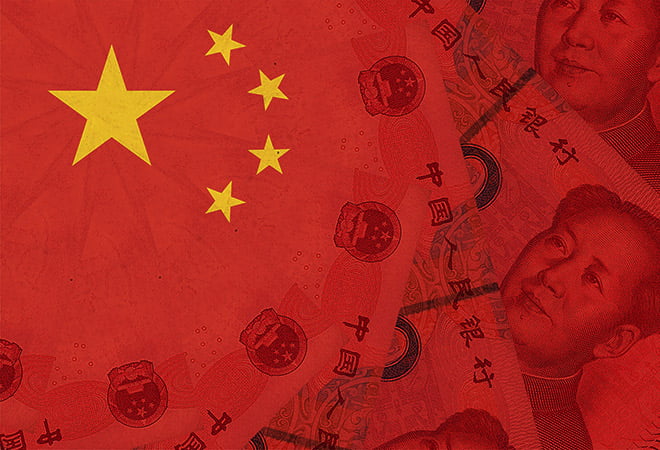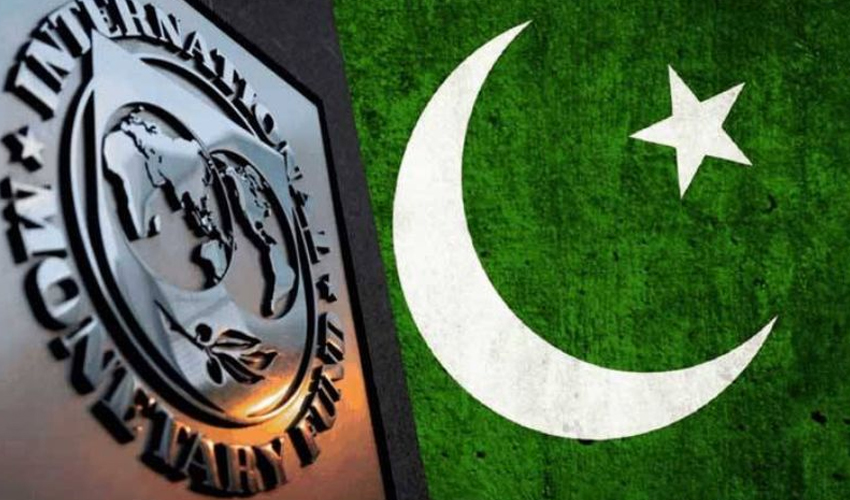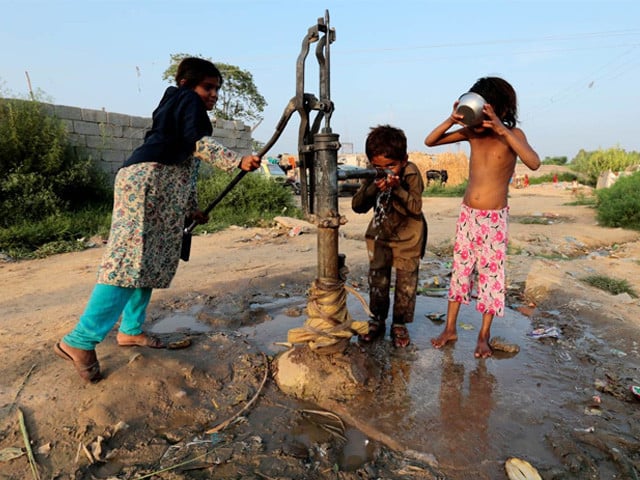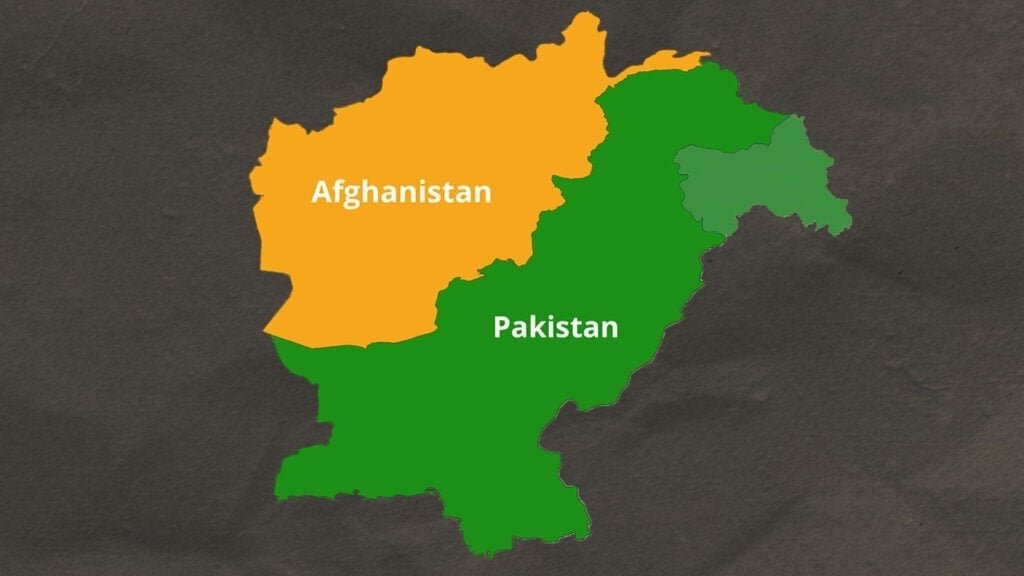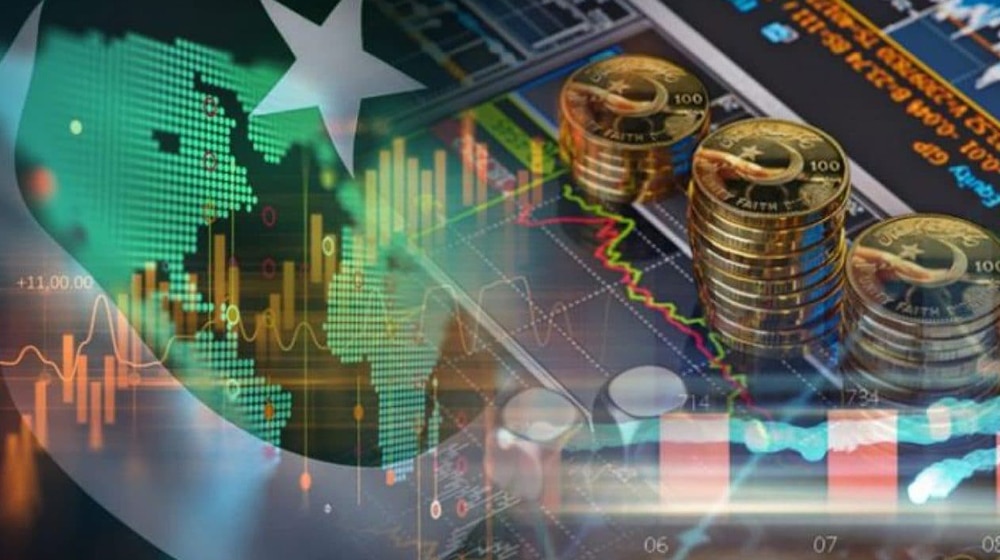By Mudassir Changwani Managing-Editor Republic Policy
July 2017 witnessed an intense level of escalated tensions, what came to be known as Doklam Dispute, between China and India, after India, posturing quite belligerently, sent its troops to interrupt the construction of a road by the Chinese military. As the dispute prolonged, it increasingly drew both countries and their masses into an intensely-contested war of words, leading to prospects of military warfare. However, diplomacy prevailed in the end and both, China and India, agreed to ‘expeditiously disengage’ from the face-off in Doklam.
Shortly after settling the dispute, the leaders of both countries agreed, in their meeting on the sidelines of the BRICS summit on Sept 5, to maintain a ‘forward-looking’ approach in their bilateral relations and to continue to ensure peace and tranquility at the border areas.
Among many other things, this dispute arguably offers a critical strategic insight into the way China wants to conduct its foreign affairs. Though relatively being a greater military and economic power than India, possessing complete legitimacy to defend its sovereign rights and being pitted on a morally-superior position; yet, China refrained from maintaining a nuclear response, threatening with military strikes, or intimidating with economic sanctions. Though China did maintain a prudent military posture, however, it put great energy and faith into diplomatic channels to de-escalate and end the dispute and also to make sure that such episodes of hostility do not occur again.
By all accounts, China adopted a more rational, reasonable, and magnanimous path. Not just it restored peace and stability in the region but increased confidence in China’s global leadership.
The end of the Cold War culminated in the rise of the USA as the sole hegemon of the world. Since then, all leaders of the USA have committed to maintaining American primacy in the world. As the previously-reckoning Russian power had receded into fragmentation and China was in its initial phase of economic reformation and development, there was no power in the world capable enough to contest the unilateral momentum of the US.
But at the turn of the century, things started to change. The ‘sleeping giant’ was no more sleeping. China began to gain considerable economic and military clout in the world.
The knocking caused by the shift in the global distribution of power, consequential mainly upon the rise of China, made many politicians, policymakers, and strategists to ponder over what might be the possible pattern of future interactions between China and the USA.
Some reasonable worries spring to mind. Rising multipolarity and the order it presses the world into, potentially, cast dark shadows over the stability of the world’s political and strategic environment. States maneuvering for greater power and position may increase and converging and diverging notions of interests and reliance on ‘self-help’ approach toward an anarchical international system can become the basis for major powers to forge or severe partnerships, build greater military arsenals and construct their strategies and diplomacies revolving around employing kinetic forces and coercive means.
And, beyond doubt is the reality that the international system at best is anarchic; that all great powers, from the USA to Russia and China, inherently possess some offensive military capabilities; that states cannot be certain of each other’s intentions; and that the primary motive of their actions is to survive.
Therefore, as the threats of military entanglement for states persist, realpolitik dictates of advocating greater pursuit of power through acquiring greater relative military capabilities hold currency and is reflected in the burgeoning global military expenditure that according to a survey by Stockholm International Peace Research Institute (SIPRI) amounted to $1.7 trillion in 2016.
But based on dark and debatably misplaced notions of China as a revisionist power, some thinkers especially US-based, advocate a confrontational policy of containing China. While laying the fundamentals of their policy they trace its essential blueprints from the historical events particularly characterized by circumstances of major power confrontation.
However, here, it is important to recognize that the rise of China as a direct military and economic threat to the USA is exaggerated. Where on one hand, China itself faces enormous economic and social challenges, on the other, its economy is strongly tied to western countries. Noah Feldman, a Harvard law professor, while asserting the importance of the Sino-US relationship, maintains, “The world’s major power and its leading challenger are economically interdependent to an unprecedented degree. China needs the United States to continue buying its products. The United States needs China to continue lending its money. Their economic fates are, for the foreseeable future, tied together.”
We should also appear willing to embrace another major reality about changing global economic and political dynamics: China is not rising in isolation, rather we are witnessing, what Fareed Zakaria, a realist political journalist, characterized as the ‘Rise of the Rest, an unprecedented level of economic growth in countries around the world which amounts to perpetuate transformative shifts. “The rise of the rest” puts Fareed Zakaria, “is at heart an economic phenomenon, but the transition we are witnessing is not just a matter of dollars and cents. It has political, military, and cultural consequences. As countries become stronger and richer, and as the United States struggles to earn back the world’s faith, we’re likely to see more challenges and greater assertiveness from rising nations.”
Moreover, the truth is if Americans actually face a proximate threat then it comes only from its class of cunning leaders, consumed by hubris and personal ambitions. Therefore, it comes as no one’s surprise that the relative degeneration of American power began after 9/11 when its leaders in order to chase inflated threats remained blatantly unconcerned even to the catastrophic consequences of glorifying brute force. Accordingly, observing the erosion of prudency among the US policymakers, John Glaser, director of foreign policy studies at the Cato Institute, comments, “When Washington chooses to become entangled in unnecessary foreign wars, it imposes serious human and financial costs. The wars in Iraq and Afghanistan have killed hundreds of thousands, including almost 7,000 U.S. soldiers, and along with other post-9/11 expenses, have cost more than $5 trillion. What we’ve gained in terms of increased safety is less clear.”
China’s Internal Dynamics
At the turn of the century, China was largely rated as a communist country juggling an open economy with a closed, totalitarian political system. On the contrary, today’s China boasts one of the world’s most vibrant, diverse, and participatory political cultures. Moreover, as the current US administration seems uninterested in preserving the prevailing post-war global political order, China is increasingly manifesting its willingness to ensure the continuity of global order based on mutual obligations.
Some maintain that as China grows in size and capability, it will come with a version of its own Monroe doctrine in the Asia-Pacific. But such assumptions fundamentally disregard many geopolitical realities in China’s neighborhood. Not all states in China’s neighborhood resemble Nicaragua, Colombia, and Panama; rather, the region Asia-Pacific counts some powerful states in it like Japan, South Korea, Vietnam, Philippines, Malaysia, and Indonesia, not to mention Russia. Surely, it’s not a favorable constellation to be subjected to Monroe doctrine. It’s one thing to excel in economic and military terms, it is quite another to project imperialism.
As for China’s foreign policy, it exhibits impressively benign foreign interactions with countries throughout the globe. China is engaged closely with many countries to enhance the prospect of economic development and has been a key factor in stabilizing economies around the world. Furthermore, according to a recently published study by the College of William and Mary’s AidData research lab, China closely follows the US, and could even be poised to overtake it, in terms of the amount of foreign aid spent around the globe. The study claims that financial aid from China is positively contributing toward economic growth in recipient countries.
Of course, we have no way of knowing what the future holds for communities around the world. However, it is important for policymakers and strategists to learn from previous mistakes and avoid repeating them. It is crucial for China and the US to work towards a global system where power and responsibility are widely distributed and where challenges give way to opportunities, not otherwise. Instead of letting the world descend into chaos and confrontation, the era should become an epitome of great power efforts to cooperate to pursue the path to peace and stability.



